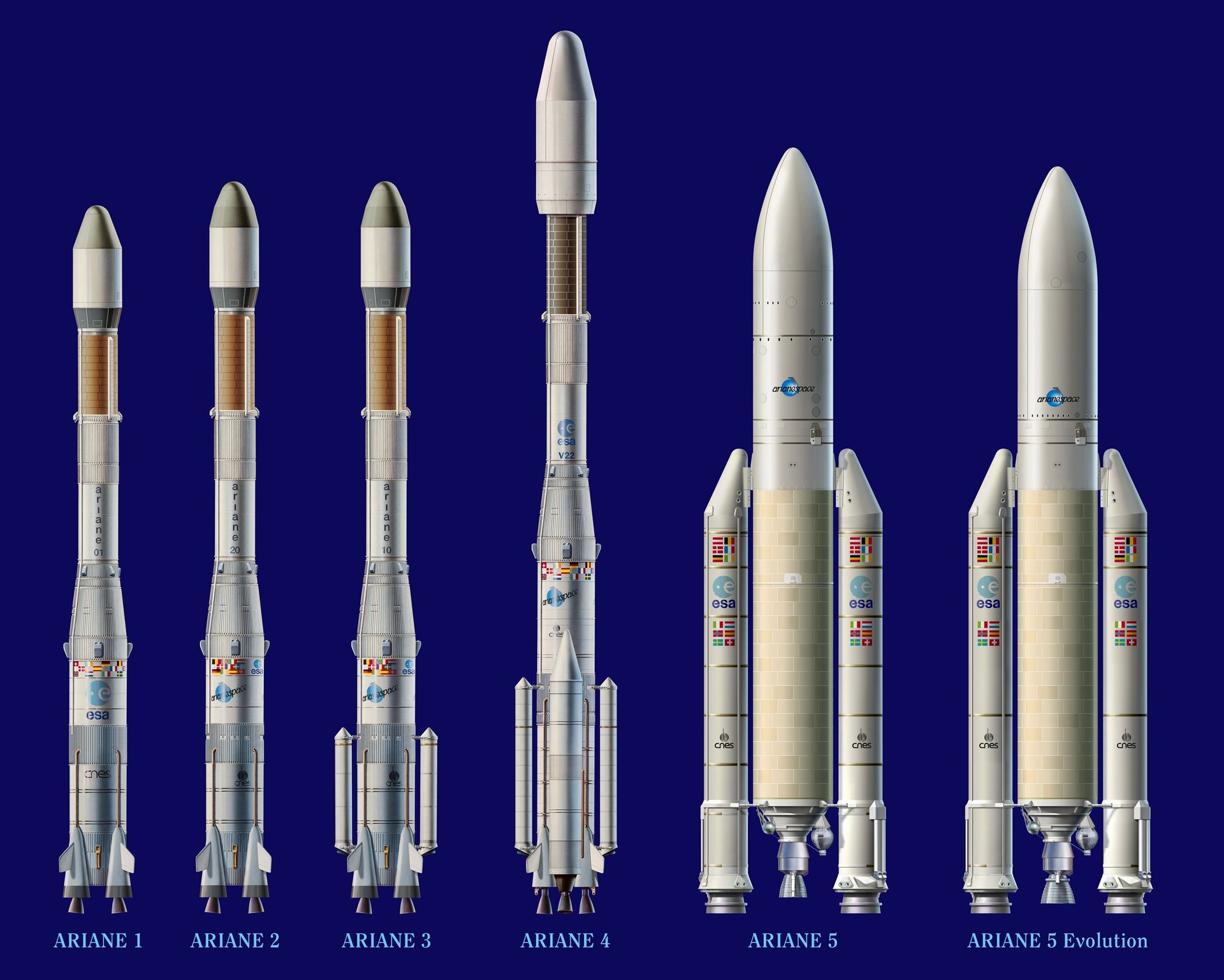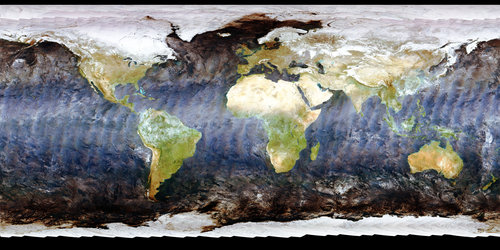About industrial designs
An industrial design renders an object attractive or appealing, thus increasing its marketability and adding to its commercial value.
The design may be three-dimensional based on the shape or surface of the object, or two-dimensional based on the object’s patterns, lines or colours. Novelty, originality and visual appeal are essential if an industrial design is to be patented, although these criteria can differ from one country to another. Its aesthetic features should not be imposed by the technical functions of the product.
Legally, “industrial design” is the title granted by an official authority, generally the Patent Office, to protect the aesthetic or ornamental aspect of an object. This protects solely the non-functional features of an industrial product and does not protect any technical features of the object to which it is applied.
Industrial design rights are granted to the creator of designs to reward them for their effort and investment in manufacturing the product. These rights enable the owner to make articles to which the design is applied or in which the design is embodied.
The holder of this legal title has the exclusive right to make, import or sell any objects to which the design is applied. They can authorise others to exploit the design and bring a legal action against anyone using the design without authorisation.
In general the period of protection granted is from 10 to 25 years. This is often divided into terms and an extension of the term requires renewal of the registration.

Why protect an industrial design?
Consumers often take the visual appeal of a product into consideration when choosing between different products. This is especially true when the market offers a large variety of products with the exact same function. As the aesthetic appeal of a product can determine the consumer’s choice an industrial design adds commercial value to a product.
Protecting an industrial design is also a reward for creativity and encourages economic development. Above all, it ensures protection against unauthorised copying or imitation of the design and can be relatively simple and inexpensive to develop. An industrial design is not protected unless it has been published in an official bulletin.
Industrial design versus copyright
Objects meeting the requirements for protection under industrial design law can also be protected under copyright law. If a design embodies elements or features which are protected by both industrial design laws and copyright laws then claims under both laws can be made. The creator can choose to be protected under only one of the laws but in this case they can not then invoke the other law when making a claim.
Whereas an industrial design needs to be registered, in most countries copyright does not require registration. Copyright protection lasts longer than industrial design protection. However, the right conferred by registration of an industrial design is an absolute right in the sense that there is infringement even though the infringer acted independently or without knowledge of the registered design. In copyright law, the copyright should always be stated.





